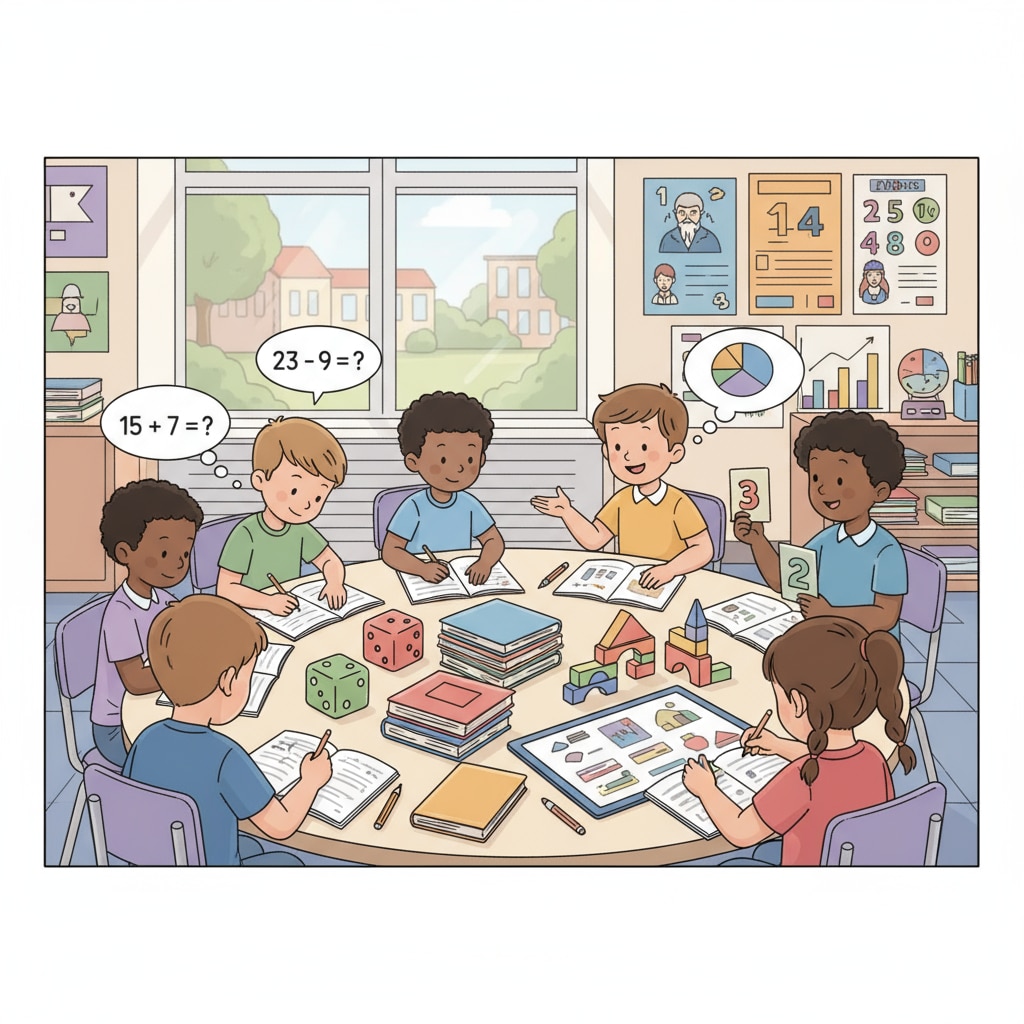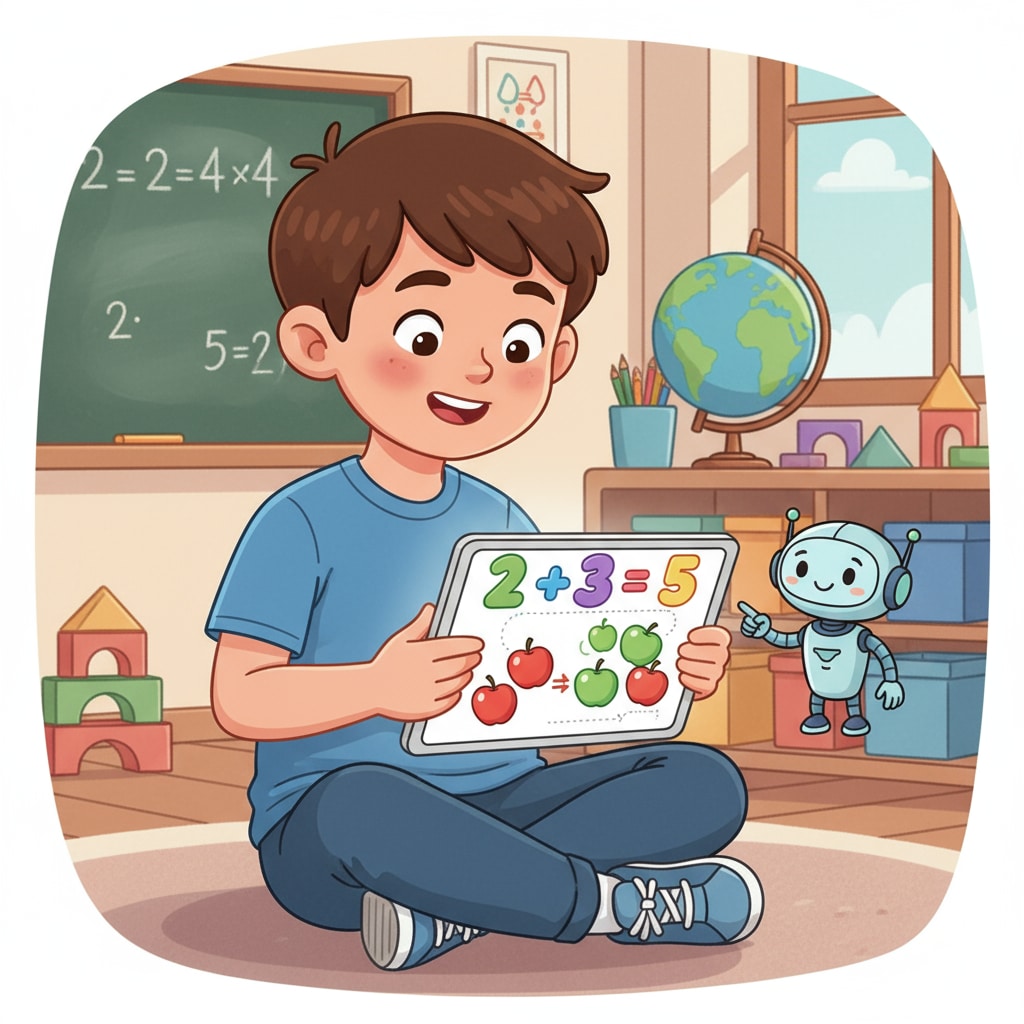Children’s math, learning programs, and math ability improvement are key concerns when dealing with 9-year-old children who have weak math foundations. Selecting the appropriate learning program can significantly impact a child’s mathematical development. In this guide, we will explore the characteristics of suitable math learning programs for this age group and provide practical suggestions to help parents and educators build a solid math foundation for children.

Understanding the Needs of 9-Year-Olds
At the age of 9, children are in a crucial stage of cognitive development. Their attention spans are growing, but they still require engaging and interactive learning experiences. For those with weak math foundations, the learning program needs to be tailored to their specific level. It should start from the basics, such as simple arithmetic operations, and gradually progress. According to Education.com’s child development guide for 9-year-olds, at this age, children can start to understand more complex mathematical concepts with the right guidance. For example, they can begin to grasp the idea of fractions and basic geometry.

Characteristics of Effective Learning Programs
An effective learning program for 9-year-olds with weak math skills should have several key characteristics. Firstly, it should be gamified. Incorporating games into the learning process makes it more fun and engaging. For instance, math quizzes presented in a game format can motivate children to participate actively. Secondly, the program should offer personalized learning paths. Every child is different, and a one-size-fits-all approach won’t work. A good program will assess the child’s current level and provide customized lessons. As stated in Verywell Family’s guide on helping children behind in math, personalized learning can greatly enhance a child’s learning experience. Additionally, the program should have clear and simple explanations. Complex jargon should be avoided, and concepts should be broken down into easy-to-understand steps.
Another important aspect is the availability of visual aids. 9-year-old children often learn better when they can see what they are learning. Diagrams, animations, and videos can help them understand mathematical concepts more clearly. For example, when learning about shapes, an animated video showing how different shapes are formed can be very helpful.
Readability guidance: We’ve used short paragraphs to present information clearly. The lists help summarize key points. Transition words like ‘firstly’,’secondly’, and ‘additionally’ are used to connect ideas smoothly. The passive语态 is used minimally, and the sentences are of appropriate length.


